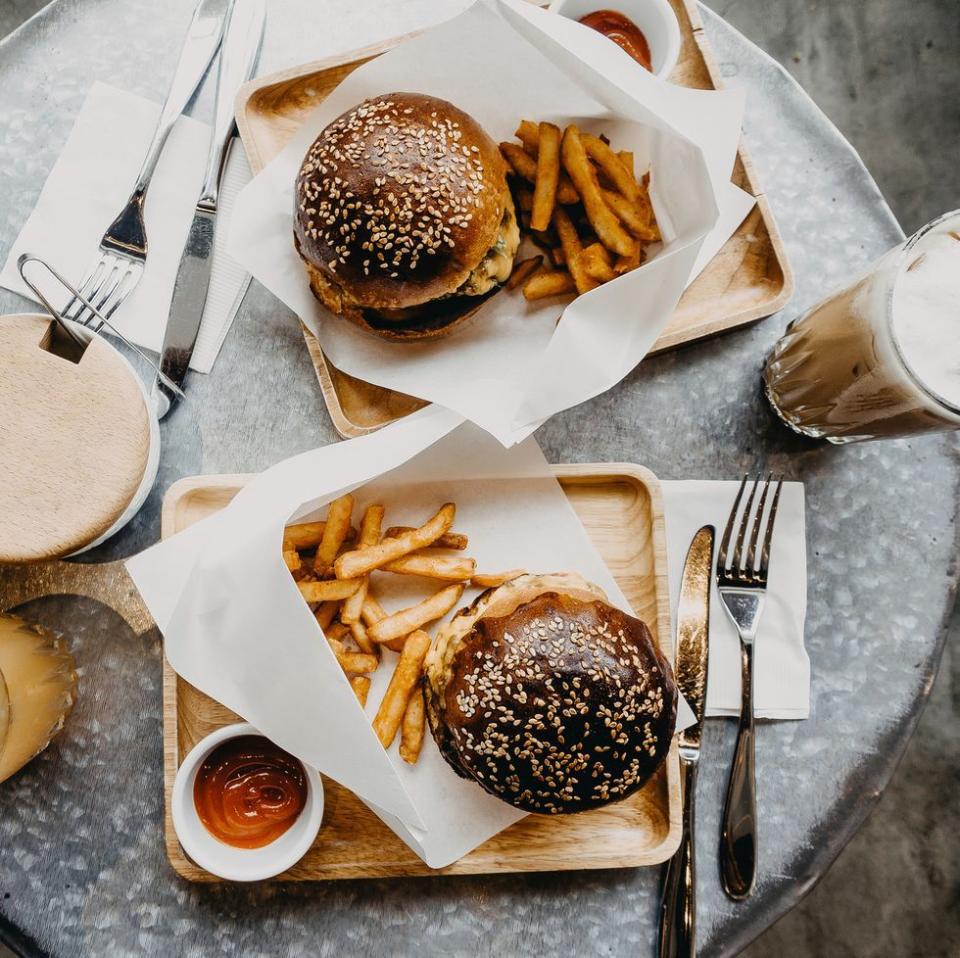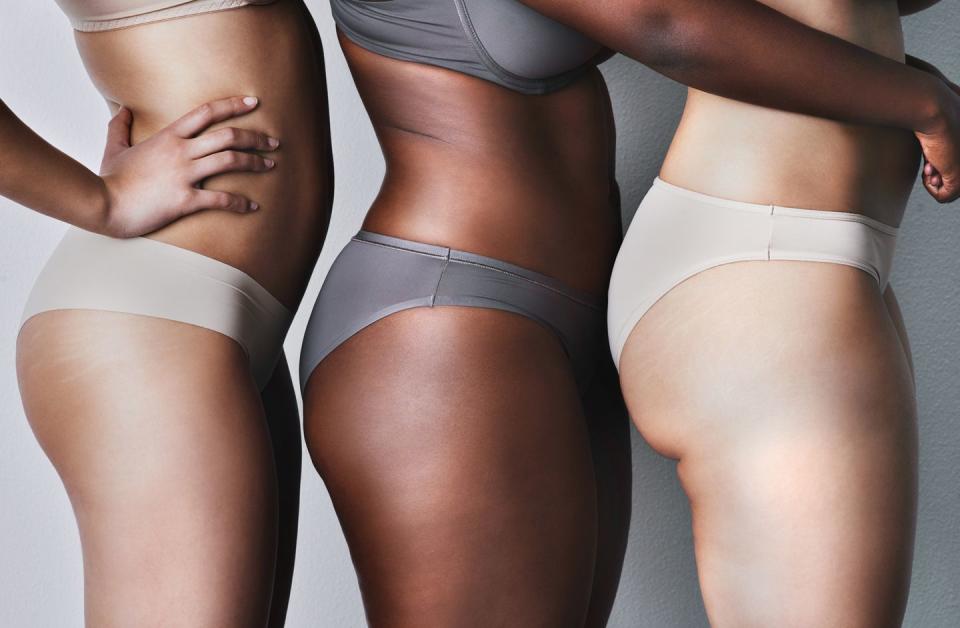How to get rid of cellulite

Dimpled, lumpy and uneven skin on your hips, thighs or butt? Cellulite is a common condition that affects 90 per cent of women and 10 per cent of men. So what causes cellulite and how do you get rid of it?
We talk to Dr Edwin Anthony, aesthetic doctor and founder of EA Clinic, about everything you need to know about cellulite and possible treatments.
What is cellulite?
Cellulite is the result of lax skin being pulled down over fat pockets towards the deeper layers of skin by connective tissue fibres. Your DNA basically predetermines if you will and how you will manifest cellulite.
Cellulite causes
Cellulite is caused by a combination of the worsening connective tissue leading to loss of elasticity of the connective fibres under the skin (skin laxity), water retention and bulging of the subcutaneous fat. Water retention, increase in subcutaneous fat and loss of skin elasticity are the end result of increasing age, higher body fat percentage, the thickness of your skin and your genes.
Cellulite occurs in all body types and both males and females but is more dominant in the female gender.
Hormonal factors and age
Oestrogen, insulin, prolactin thyroid hormones, and noradrenaline are hormones that take part in the production of cellulite.
As a woman ages, her oestrogen production reduces especially as she comes closer to the menopause, thus leading to a decrease in blood flow to the skin and more specifically the connective tissue. Less blood flow leads to less oxygen resulting in a reduced collagen production. The weaken connective tissue fibres (subdermal fibrous network) allow fatty deposits to protrude creating the uneven dimpled effect. The areas that are highly susceptible to this condition are the posterior thighs and buttocks. With increasing age, the skin thins and becomes less elastic, worsening the cellulitic appearance.
Genetic
Ethnicity and genetics pre-determines rate of person’s rate of metabolism and fat distribution which in turn predetermines how much they will manifest the cellulite condition.
Lifestyle
The issue that we currently have is that not everyone is availing of the opportunity to go out and exercise. It could be due to the closure of gyms, financial worries or the loss of the usual work routine. There is a slight change of mindset that could be due to the social distancing rules or the partial lockdown effects.
Another one of the problems with the current lockdown and working from home apart from being sat in front of a computer for long hours is the amount of comfort foods and sugary drinks that are being consumed.
Which foods cause cellulite?
Cheese, pizza, refined carbs, processed meats, sugary drinks and snacks encourage cellulite. They contain high amounts of sodium resulting in an increased fluid retention, which in turn worsens cellulite . High glycaemic index foods and refined carbs like crisps, rice and pasta have breakdown to high sugars volumes leading to fat cells expanding and increased inflammation.

Grades of cellulite
A cellulite severity scale, published in the Journal of the European Academy of Dermatology and Venereology, ranks the cellulite condition using three grades:
Grade 0 – No skin depressions.
Grade 1 – MILD: 1-4 skin depressions manifesting as a “peau d’orange” effect with slight skin laxity.
Grade 2 – MODERATE: 5-9 skin depressions manifesting as a “cottage cheese” effect with moderate skin laxity.
Grade 3 – SEVERE: 10+ skin depressions manifesting as a “mattress” effect with severe skin laxity.
Cellulite treatments
Natural treatments
You cannot get rid of cellulite but you can certainly improve its visual appearance.
Drinking plenty of water encourages rehydration of the body leading to an improvement in circulation and lymphatic flow. Eating more fibre in fruit, vegetable and raw grains rather than processed high sugar foods discourages cellulite.
Topical treatments
There is no magic treatment out there but topical treatments work by moisturising the skin and making it more elastic and tighter. The process of applying a cream/gel to the body also encourages self massage and mild stimulation of the lymphatics.

Non-invasive treatments
There are many treatments in the market usually indicating that there is no perfect solution. However, there are good treatments out there.
From non-invasive options, including radio frequency like BodyFX and manual Lymphatic massage (MLD). Non invasive treatments such MLD, Endermologie and Velashape 3 help to stimulate the lymphatics through suction and massage but the improvement on the cellulite tend to be temporary unless the treatment is constantly repeated. Velashape 3 leaves some long lasting effects through its skin tightening.
Minimally invasive treatments
Minimally invasive treatments tend to be more permanent or long lasting such as Cellulase (laser), Cellfina (a manual technique) and the newer effective CelluTite, by InMode which combines both radio frequency to contract and tighten the tissue (both skin and fat) and subcission to cut through the fibres causing the dimpling effect. CelluTite is a new comer to the market but swifty making headway through its tightening of the tissues and its cutting though the fibres causing the dimpling effect improving both skin and fat appearance.
Can exercise get rid of cellulite?
No, it’s a myth.
However, regular exercise can help prevent or reduce the appearance of cellulite. If exercising, anything that reduces fat from the body in general and more importantly the cellulitic body zone. HIIT (high intensity interval training) is particularly good at it. Strength training improves musculature and improves blood circulation thus improving it too.
Last medically reviewed: 19-06-2020
You Might Also Like

